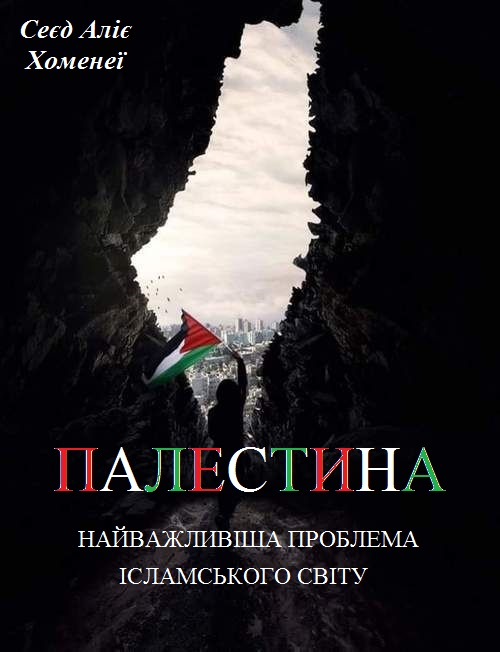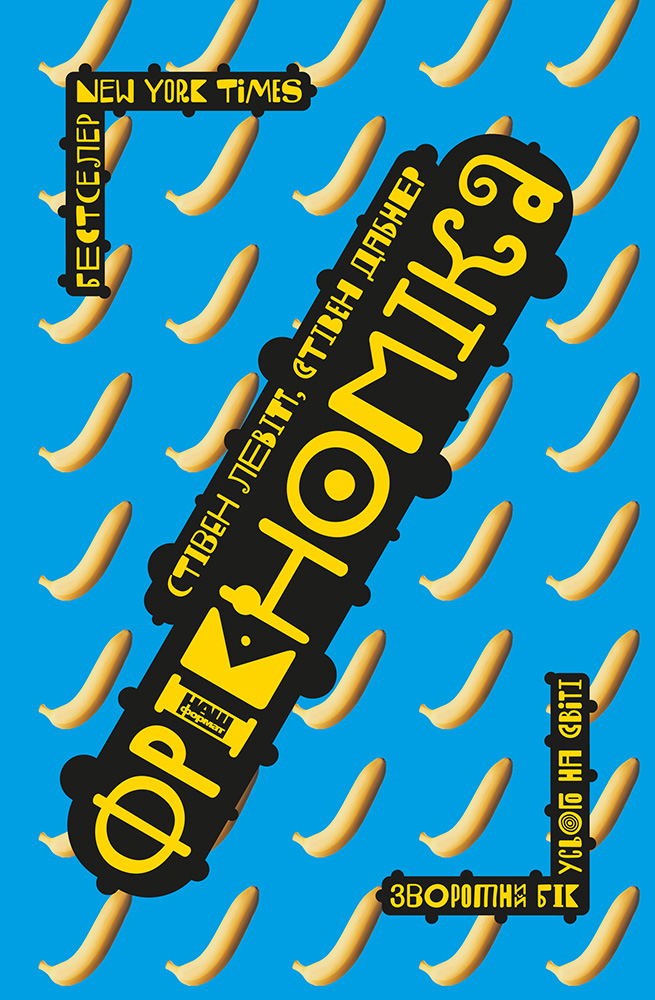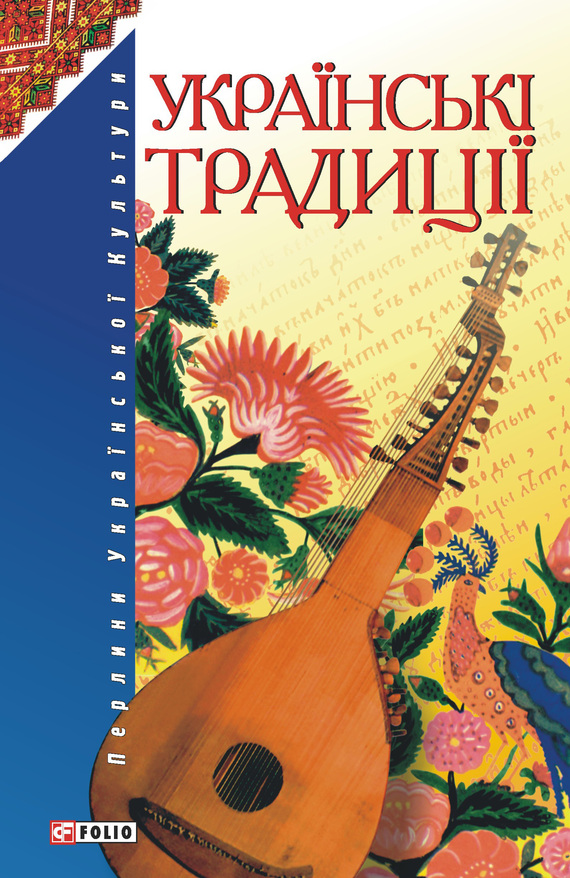Читати книгу - "Genghis Khan and the Making of the Modern World"
Шрифт:
Інтервал:
Добавити в закладку:
In the effort to remove themselves from the danger of a new Mongol invasion, the Ming initially moved the capital south to Nanjing, a more Chinese venue, but in the attitudes and actions of the majority of people, the rule of unified China was so closely associated with their northern capital that the Ming had to return their court to the old Mongol capital of Khanbalik. The Ming sought to remake the city, remove the Mongol appearance, and build a new Forbidden City in their own style. With short exceptions, the capital has remained there with changing names, and Beijing still serves as capital for China, which occupies roughly the same national borders that it did under the Mongols.
In one country after another, indigenous rebellions expelled the Mongols and local elites took the reins of government. While Korea, Russia, and China returned to the hands of native dynasties, the Muslim territories experienced a more complex transition from Mongol rule. Instead of returning to the control of Arabs who had been the traders, the intermediaries, the bankers, the shippers, and the caravan drivers who connected Asia and Europe, a new cultural hybrid emerged that combined a Turco-Mongol military system with the legal institutions of Islam and the ancient cultural traditions of Persia. The eastern part of the Muslim world had found a new cultural freedom in which they could still be Muslims but without the domination of Arabs, whom they never allowed to regain power. New dynasties, such as the Ottoman of Turkey, the Safavid of Persia, and the Moghul of India, sometimes called Gunpowder Empires, relied primarily on the vast innovations in Mongol weaponry, a military organization based on both a cavalry and an armed infantry, and the use of firearms, to fight foreign enemies and, perhaps more important, to maintain domestic power over their ethnically varied subjects.
Despite the plague and collapse of the commercial system, revolts, and the subsequent dismemberment of the Mongol Empire, even the rebels seemed reluctant to let the old empire go completely. The new rulers hung on to the trappings and illusions of the old system to legitimize their own new rule. The facade of the Mongol Empire continued standing long after the internal structure had collapsed and the Mongols were all gone.
Following their purge of Mongol influence in public life, the Ming rulers went to great effort searching for the official seal of the Mongols, and they preserved the use of the Mongol language in diplomacy as a way of maintaining continuity with the past. As late as the Ottoman conquest of Constantinople in 1453, the Chinese court sent its letters in the Mongol language. In turn, the Manchu, who overthrew the Ming in 1644, strategically intermarried with the descendants of Genghis Khan so that they could claim legitimacy as his heirs in blood as well as in spirit.
At the heart of central Asia, the descendants of Genghis Khan continued in power in the area known as Moghulistan, the Persian name for the Mongol territory. By the end of the fourteenth century, the Mongol holdings in central Asia had fallen under the control of Timur, also known as Timur the Lame or Tamerlane, a Turkic warrior who claimed, with flimsy evidence, descent from Genghis Khan. He sought to revive the Mongol Empire, and he conquered much of its former territory from India to the Mediterranean. In an effort to closely associate himself with Genghis Khan, Timur sponsored a variety of books that linked them. To ensure that his lineage would acquire the blood of Genghis Khan and the Mongols, his family intermarried with some of Genghis Khan’s true descendants. Despite all that Emir Timur sought to do in restoring the Mongol Empire, he did not follow the ways of Genghis Khan. He slaughtered without reason and seemed to find a perverse but persistent pleasure in torturing and humiliating his prisoners. When he seized the sultan of the Ottoman kingdom of Turkey, he forced him to watch as his wives and daughters served Timur naked at dinner and, in some reports, satisfied his sexual demands. It was said that Timur harnessed the sultan like an animal and made him pull the royal chariot, and then exhibited him in a cage.
Because Timur claimed to be a Mongol, and was legitimately a son-in-law to the dynasty of Genghis Khan, his deeds became inextricably intertwined with those of the original Mongols in the minds of the people who had been conquered by both. One Mongol was hard to distinguish from another. When Timur delighted in public torture or piled up pyramids of heads outside his conquered cities, it was assumed that he was carrying on the traditions of his Mongol people. The practices of Timur were anachronistically assigned back to Genghis Khan.
The descendants of Timur became known in history as the Moghuls of India. Babur, the founder of the new dynasty in 1519, was thirteen generations descended from Genghis Khan’s second son, Chaghatai. The Moghul Empire reached its zenith under Babur’s grandson Akbar, who ruled from 1556 until 1608. He had Genghis Khan’s genius for administration as well as his appreciation of trade. He abolished the hated jizya tax, the tax on non-Muslims. Akbar organized his cavalry along the traditional Mongol units of ten (up to five thousand) and instituted a civil service based on merit. Just as the Mongols made China into the most productive manufacturing and trading center of their era, the Moghuls made India into the world’s greatest manufacturing and trading nation and—contrary to both Muslim and Hindu traditions—raised the status of women. He continued the universalist attitude toward religion and tried to amalgamate all
Увага!
Сайт зберігає кукі вашого браузера. Ви зможете в будь-який момент зробити закладку та продовжити читання книги «Genghis Khan and the Making of the Modern World», після закриття браузера.




